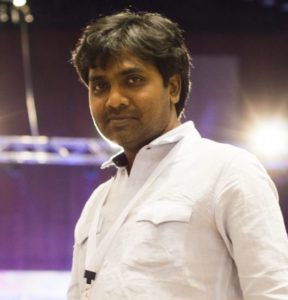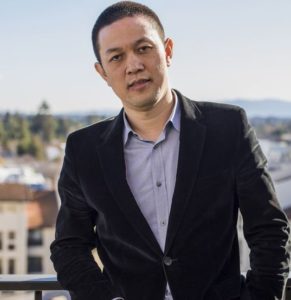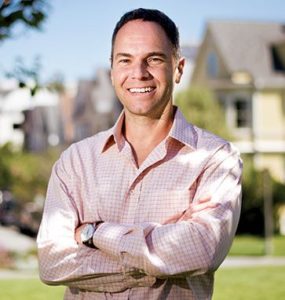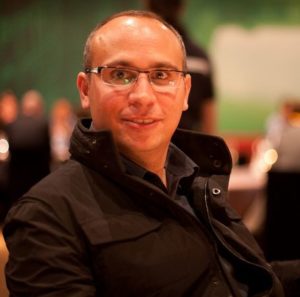Jim Marshall : The Guitar Amp Pioneer and the ‘Father of Loud’
From a drummer to one of the most successful entrepreneurs and the inventer of the amplification system, the life journey of Jim aka James Charles Marshall has been quite an interesting one. Jim Marshall is the founder of the famous Marshall Amplification, a company that designs and manufactures music amplifiers and the other music-related products, including speakers cabinets, headphones, and earphones, etc. The company is also known for manufacturing customised products for its customers and is one of the biggest brands in the music industry.
Early Life & Career
Jim Marshal was born in a family of musicians and boxers settled in Acton, London, United Kingdom, on 29 July 1923. Being a part of a musical family, he got naturally inclined towards music. When he was a little kid, he got diagnosed with tubercular bones. So he had to spend most of his childhood in the hospital. At the time he grew a little older, the second world war took place. He also tried his luck in the army but was rejected due to his poor health condition.
Despite missing his school education, Marshall was able to get a day-time job as an electrical engineer at a small firm. He also worked part-time in the evening as a singer as well as a drummer. As an electrical engineer, he got to gain a lot of experience and designed and built a portable amplification system that he brought to his workplace in the evening. This was the first time when he built an amplification system by himself.
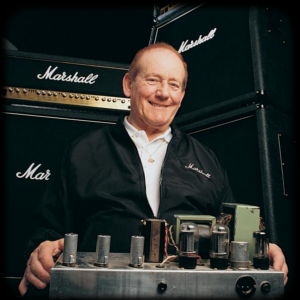
Soon in 1942, he joined a band as the lead drummer. At the same time, he started teaching music to people. Those people include some of the famous names of the music industry, including Mitch Mitchell and Micky Waller.
Career as an Entrepreneur
Through working with the band and the music classes, he was able to save enough money to start a music store in Hanwell, west London. Initially, he sold drums in the store and soon, on the request of many guitarists, he stocked guitars and their amplification system in the store. While selling those guitars and their amps, he often got to hear that these guitars were not producing the desired sound for them, not even with the amps. The customer wanted something bigger and louder. The customers had to buy different amps for different sounds. So on the suggestion of Ken Bran, the amp repairer, Marshall thought of building a single amplification system for all.
The Turning Point
Marshall started working on a new amplification system, along with his team, that included Ken Bran and the other worker at the store, Dudley Craven. Within a total of six attempts, using a Fender Bassman, Jim Marshall developed the first prototype of the Marshall Amplification in 1962. He named the system as JTM45. JTM is the acronym for Jim and Terry Marshall (Jim’s son).
The new Marshall Amplification became an instant hit and offered people with the sound they were seeking for. Soon the sales, as well as the products in the range of amplification, increased.
One of the most significant product from Marshall Amplification is the Marshall stack. The Marshall stack was designed specifically on the request of Pete Townshend, who wanted a 100 Watt head and an 8×12 cabinet amp. But instead of an 8×12 cabinet, Jim Marshall suggested him a 4×12. But Pete directed him to build what he wanted initially. At last, he had to come back to Marshall so that he could cut the cabinet into half and make it a 4×12. And eventually, the famous 100 Watt Marshall stack was developed.
In 1981, Marshall came up with the Master Volume Marshall amps and the classic Marshall JCM800 split-channel amps. The Marshall store also started including speakers and other music equipment for sale.
The Life After Success
In 1984, Jim Marshall became the recipient of the “Queen’s Award for Export” by Queen Elizabeth II of the United Kingdom for the extraordinary achievement of the Marshall Amplification.
Upon completing the 25 years of the company in 1987, it introduced a new Silver Jubilee series of amps, that included the 2555 (100-watt head) and the 2550 (50-watt head) models. The new models rendered the “semi-split channel” design, such that the user could set two different input gain levels through the same tone stack and master volume control.
In 1985, Marshall got his hands printed to the Rock and Roll Walk of Fame. Marshall also received an OBE honour from Buckingham Palace for his “services to the music industry and charity” in 2003.
Marshal participated in many charity works. When Marshall suffered from tuberculosis as a child, he was treated at the Royal National Orthopaedic Hospital in Stanmore, London. So after earning enough money, he donated a few million dollars to the same hospital.
Marshall had become the biggest name in the field of music through his invention. Today, Marshall Amplification is the first choice of every musician. In fact, in the 60s and 70s, the big-sized Marshall stack had become a status symbol for the musicians. Marshall died at the age of 88 on 5 April 2012. Today he is remembered as one of the four forefathers of rock music equipment and is often cited as the father of Loud.

Yashica is a Software Engineer turned Content Writer, who loves to write on social causes and expertise in writing technical stuff. She loves to watch movies and explore new places. She believes that you need to live once before you die. So experimenting with her life and career choices, she is trying to live her life to the fullest.


